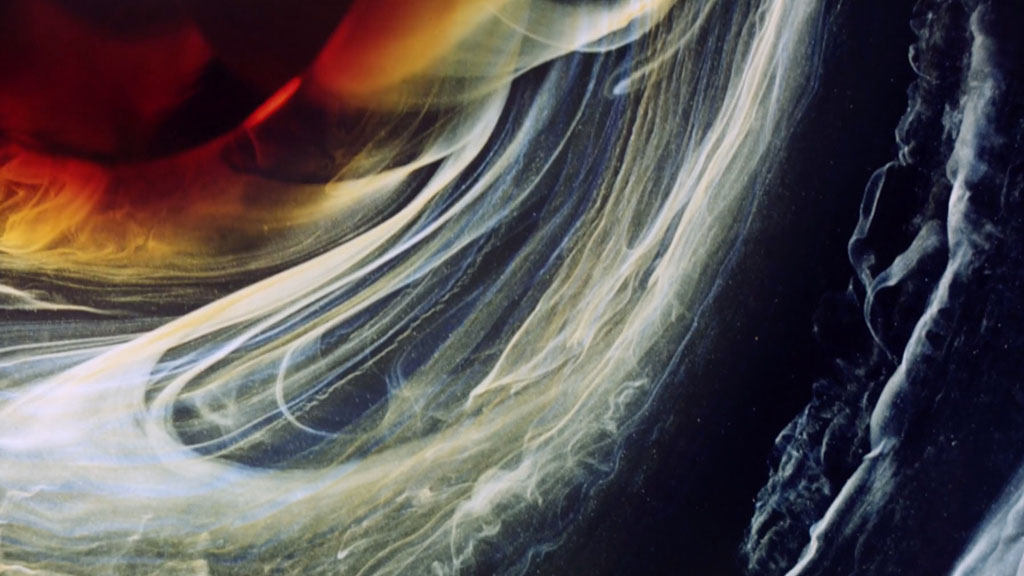Fulcrum Arts, the Williamson Gallery at ArtCenter, and Pitzer College Art Galleries will present the symposium, Free Radicals: On the Provocations of Awe, a program of Fulcrum Arts’ AxS (art + science) initiative, and LASER (Leonardo Art Science Evening Rendezvous), Leonardo/ISAST’s international program of gatherings that brings artists and scientists together for informal presentations and conversations.
To “stand in awe” is to be filled with a transcendent sensation of deep joy and insightful connection to something we know also as a physical and material reality. It’s all benignly celebratory, until one might notice that sensations of awe are more likely the product of a highly nuanced biology over eons of human evolution rather than of divine edict. That parsing awe can place newly emerging complexities of the natural in conflict with fading clichés of the supernatural, and by extension disturb our empirical truce with the mythical. Or awe can be the muse of innovation, irritating tensions between the risks of progress and the stasis of tradition, embattle truth with fiction, and spill into the vast delta of the socio-political.
Free Radicals will present a robust, two-day program of artist talks, performances, screenings, and panel conversations. Rather than focus on one specific thematic, the symposium will present an array of diverse viewpoints and approaches to understanding the phenomenon of “awe” through the lens of art and science. Robotics, space science, botany, and augmented and virtual reality will all be addressed and positioned within a greater conversation that recognizes the allied importance of both the arts and the sciences to the dynamic tenor of our time.
Theoretical cosmologist Janna Levin will deliver the keynote presentation, and the symposium will also include presentations by Rana Adhikari, Bill Anthes, I.R. Bach, Nancy Baker Cahill, Beatriz Cortez, Ciara Ennis, Tom Hall, Ian Ingram, Karen Lofgren, Kyle McDonald, Rebeca Mendez, Chris Parks, Archie Prakash, Brittany Ransom, Christopher Richmond, Sasha Samochina, Jana Winderen, The World in a Cell, and Jenny Yurshansky.
ArtCenter College of Design
Ahmanson Auditorium
1700 Lida St.
Pasadena, CA 91103
10:00amContinental Breakfast – Ahmanson Auditorium Foyer
Complimentary coffee and pastries will be served. No food or drinks are allowed in the auditorium.
10:50amStephen Nowlin – Opening Remarks
Stephen Nowlin is an artist/curator and a vice president at ArtCenter College of Design where he holds the position of founding director for the College’s Alyce de Roulet Williamson Gallery. His curatorial emphasis and writing focus on the intersection of science and art. He earned an MFA degree in fine art at ArtCenter and a BFA in design at California Institute of the Arts.
He has written essays for publications such as New York Brooklyn Rail, SciArt Magazine, Leonardo Journal, Interalia Magazine, STEAM Journal, Skeptical Inquirer Magazine, and KCET Artbound. Nowlin’s current project, DARK MATTER(s), will debut at the Williamson Gallery in February, 2020.
11:00amJanna Levin – Keynote Presentation
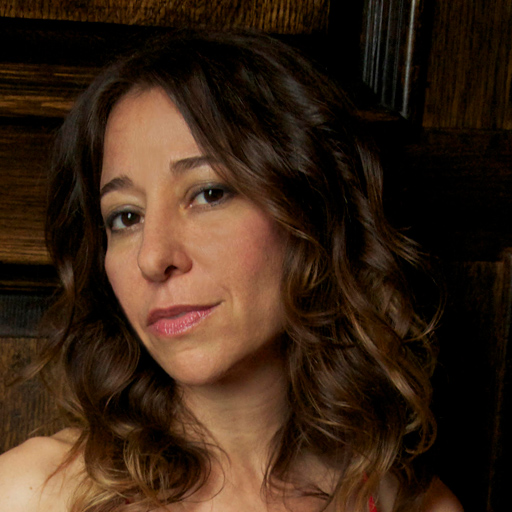
Everything that anyone has ever seen in the history of the universe and ever will see in the future of the universe amounts to less than 5% of what's out there. Black holes account for a modest, but fascinating, contribution to the dark sector. This century has brought the most direct, haunting observations of black holes conceivable: the first picture of a black hole shadow and a cosmic recording of the sounds of black hole collisions.
11:40amI.R. Bach – I Want to Know
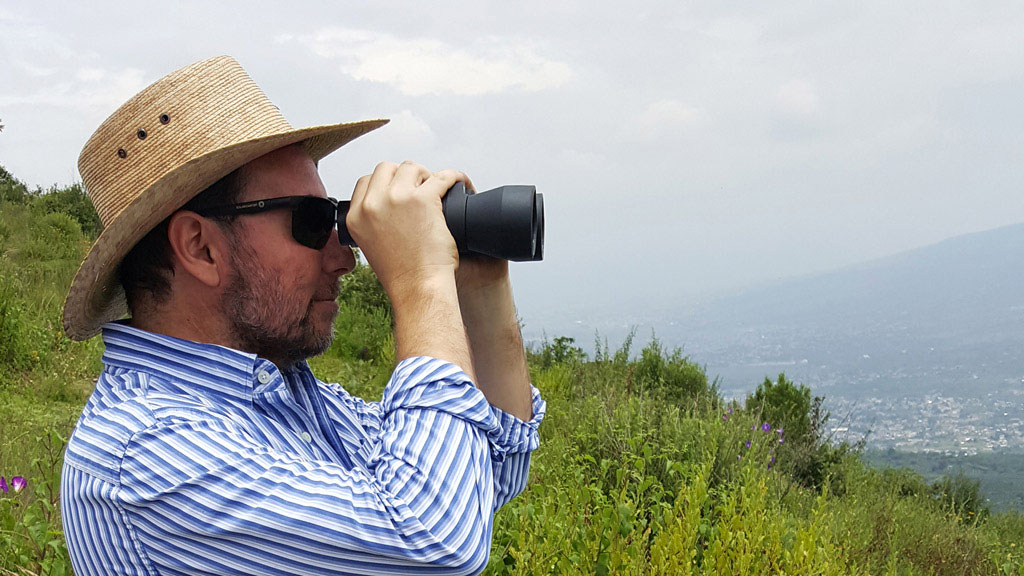
Artist Talk
I.R. Bach explores an unexplained luminous phenomenon that he first witnessed on a mountain near Mexico City in 2009. After documenting the phenomenon with a low light camera, the artist drew relationships between the phenomenon and its geographic and meteorological contexts in order to challenge common sense and conventional knowledge. The project I Want to Know, which the artist produced with LACMA's Art + Technology 2016 grant, proposes that a shift in our preference for status over knowledge is the key that will reshape the future of ethics.
12:20pmJana Winderen – Listening in to the Spring Bloom in the Marginal Ice Zone
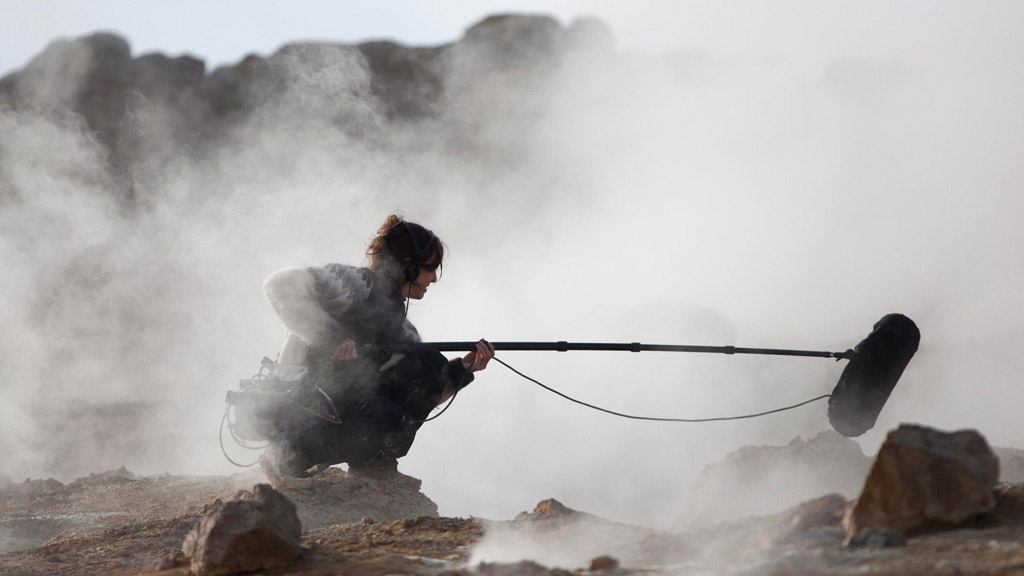
Artist Talk and Quadraphonic Sound Dispersion
The marginal ice zone is the dynamic border between the open sea and the sea ice, which is ecologically extremely vulnerable. The phytoplankton present in the sea produces half of the oxygen on the planet. During spring, this zone is the most important CO2 sink in our biosphere. In the work Spring Bloom in the Marginal Ice Zone the sounds of the living creatures become a voice in the current political debate concerning the official definition of the location of the ice edge.
12:50pmLunch (the cafeteria will be open)
The cafeteria will be open.
2:00pmKyle McDonald – Light Leaks
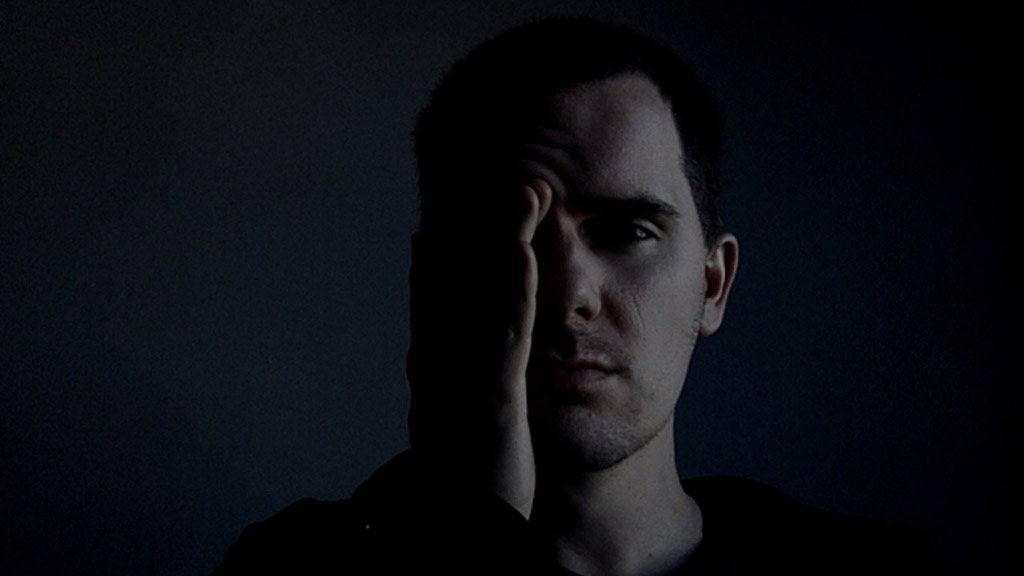
Artist talk
Millions of reflections from dozens of disco balls and a few projectors come together to form an impossible tapestry of abstract geometric shapes. It looks like magic, but it's actually careful application of computer vision techniques derived from 3D scanning technology. Kyle McDonald will discuss the conceptual and technical origins of his installation Light Leaks, including a mind-bending overview of the calibration process.
2:40pmAR/VR Panel – Sasha Samochina, Nancy Baker Cahill, & The World in a Cell
Panel discussion moderated by Archie Prakash
The next paradigm shift in human communication will be through Augmented and Virtual realities. The human capacity for artistic expression is what binds together new and emerging technologies. This select group of artists is using AR and VR to push the boundaries of technology and the connection they have to the audience. This panel will be a conversation about the work of these artists and where they see the next level of artistic expression and human interaction.
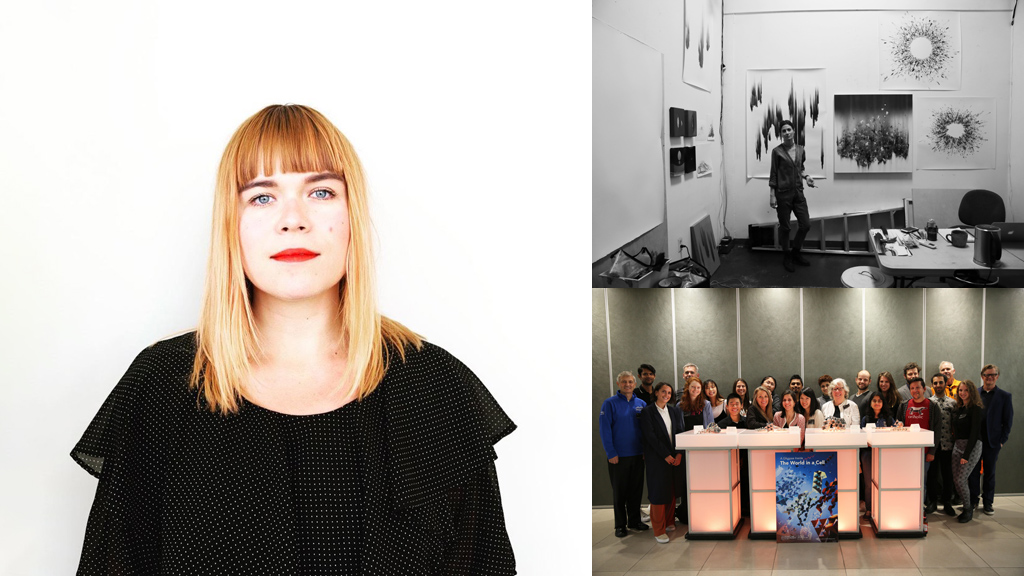
Sasha Samochina
The Ops Lab incubates and infuses leading collaborative visualization software technologies on behalf of JPL and NASA. The team is composed of a core set of developers, designers, and producers who share a compatible outlook on technology and its ability to transform workflows. We create web and mixed reality experiences to aid scientists, engineers, and astronauts in transforming their workflow. Those internal projects are leveraged with outside collaborators to share that same experiential technology to educate and inspire the public to engage in STEAM.
Nancy Baker Cahill
What could idea activation look like in XR? Artist Nancy Baker Cahill explores the intersection of fine art, new media and activism through her free, public art platform, the 4th Wall app. Her 4th Wall projects seek to increase access to site-specific works of art in AR and to prompt thoughtful dialogue and foster unlikely communities. In this talk, she explores the cultural value of inclusive creative expression and resistance.
World in A Cell
A broadly interdisciplinary team of scientists, storytellers, artists, programmers, and conceptual thinkers at the USC Bridge Institute at the Michelson Center for Convergent Biosciences and the World Building Medial Lab at the USC School of Cinematic Arts are exploring the Pancreatic Beta Cell by creating a fully experiential virtual world in a single cell, using metaphors of the complex systems of a city. The goal is to use storytelling and world-building to present scientific detail in ways that are engaging and approachable for both laymen and experts. By creating a virtual world inside a cell, based on the structure and function of a Pancreatic Beta Cell, we will allow people to explore a rich biochemical world while engaging concepts, pathways, and implications through narrative, all backed by scientific rigor.
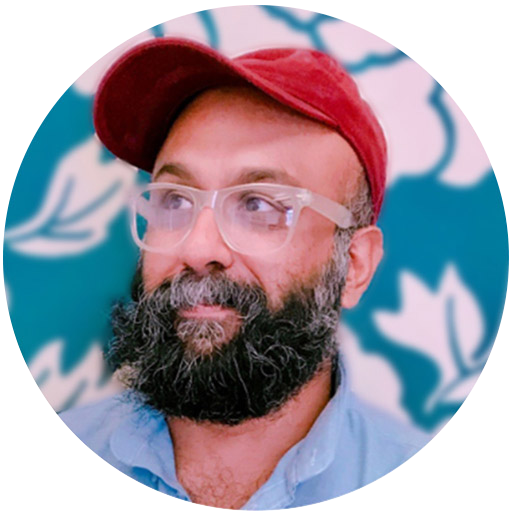
3:45pmChristopher Richmond
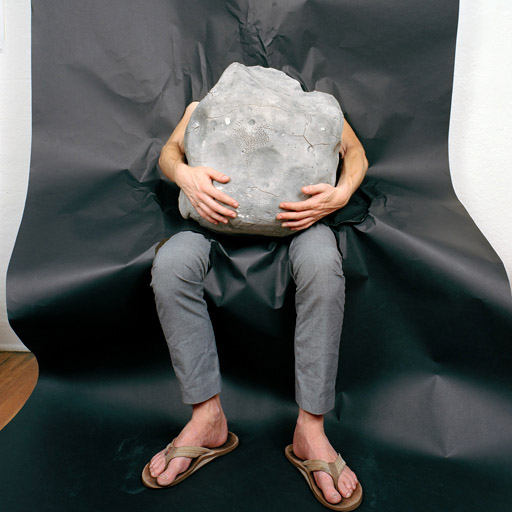
Artist talk
Christopher Richmond will present a selection of work made over the last ten years that examines humanity's drive to understand its place in the universe. He will focus on three of his projects, Panthalassa (2015), Hyperway (2018), and Viewing Stone (2018). In each, Richmond explores the act of storytelling and two of cinema's most arresting and paradoxical imperatives: to illuminate as well as mystify what is real. He will also discuss the influence that astrophysics and the multiverse have on his practice.
4:15pmChristopher Richmond – Viewing Stone

Screening (30 min)
Viewing Stone glimpses a pastoral vision of a desolate asteroid serenely wandering through the vacuum of space. In a series of long slow-motion shots, the camera hones in on the contours of the asteroid’s perforated and wrinkled exterior. As shadows shift and transform its surface, a feeling of tranquility intermingles with foreboding danger. Throughout cinema, asteroids have been confined to apocalyptic symbols of impending doom. Here, the viewer is presented with a far different vision: the juxtaposition of reality and simulation, creation and annihilation, the beginning and the end. Like Suiseki, the Japanese art of stone appreciation, the asteroid is presented as a mystical creation like many of the characters in Richmond’s work, as it slowly travels through space.
10:00amContinental Breakfast – Ahmanson Auditorium Foyer
Complimentary coffee and pastries will be served. No food or drinks are allowed in the auditorium.
11:00amRebeca Mendez – CircumSolar, Migration 1
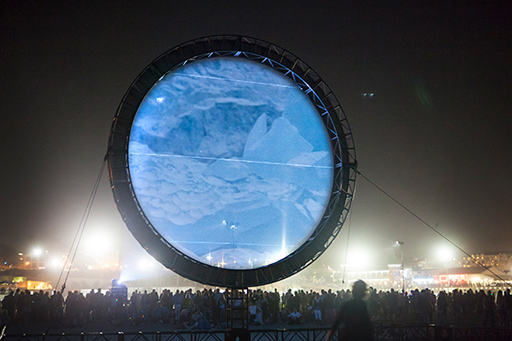
Screening (26 min)
Rebeca Méndez’ current research and practice are grounded in a philosophical post-humanist vision where all living beings—plants, animals and humans—are considered equal inhabitants of the planet and her focus is on our relationship to animals, and specifically to sea birds, as they are a barometer of our ecosystem. Méndez’s participation in the 2019 AxS Symposium comes as the screening of CircumSolar, Migration 1, a video artwork of her long-term project CircumSolar, a growing body of works that emerge from her profound love for the arctic tern, a small sea bird that makes the longest migration of all creatures, flying from the Arctic to the Antarctic and back again every year. Inspired by Donna Haraway’s ideas about ‘making kin’ as a way to interact in a multiple species world, Méndez seeks to expand her own umwelt—the limited self-centered subjective world available to each species—and nurture an interspecies friendship with the arctic tern, to enter the awareness of a wild animal and become with another species. CircumSolar, Migration 1, is a single channel video captured in 16mm film in Iceland, Finland and Svalbard with sound by Icelandic composer Ben Frost.
11:40amRana Adhikari – Beyond LIGO
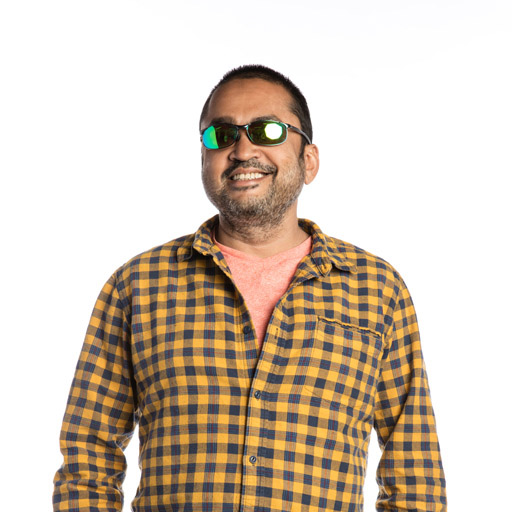
Our understanding of nature at the most fundamental levels includes the microscopic: atoms, quarks, and entangled quantum fields, as well as the macroscopic: galaxies, the big bang, and multiple 'universes'. Over the past hundred years, the rate of discoveries has decayed. This motivates the question, "Are we reaching the end of fundamental science, either because we are incapable of building devices to make the discoveries or because the human mind is too limited to understand more than the superficial?". If the outlook for knowing, following business as usual, is grim, perhaps it is time to explore new modes of idea creation that humans find offensive.
12:10amChris Parks – Fluid Perspectives I & II
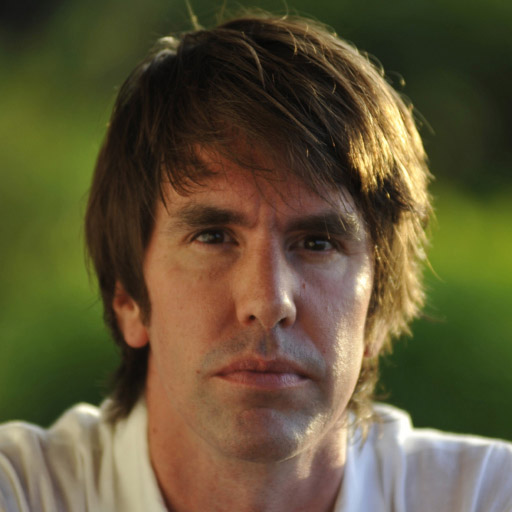
Screening (13 min)
These two films from Chris Parks demonstrate the range of his fluid art and how it has evolved over the years. Chris films within very small volumes of liquid where he is able to control the flow and interaction of materials. Often the way the materials behave on a microscopic scale mimics the processes in some of the largest events in the universe. Fluid Perspectives I from 2009 was shot principally on film, particularly 65mm and IMAX. Fluid Perspectives II from 2015 shows the evolution that has been possible with some of the digital camera techniques and includes material from feature films, commercials and documentaries.
12:25pmTom Hall – Symmetric causes for the crumpled state
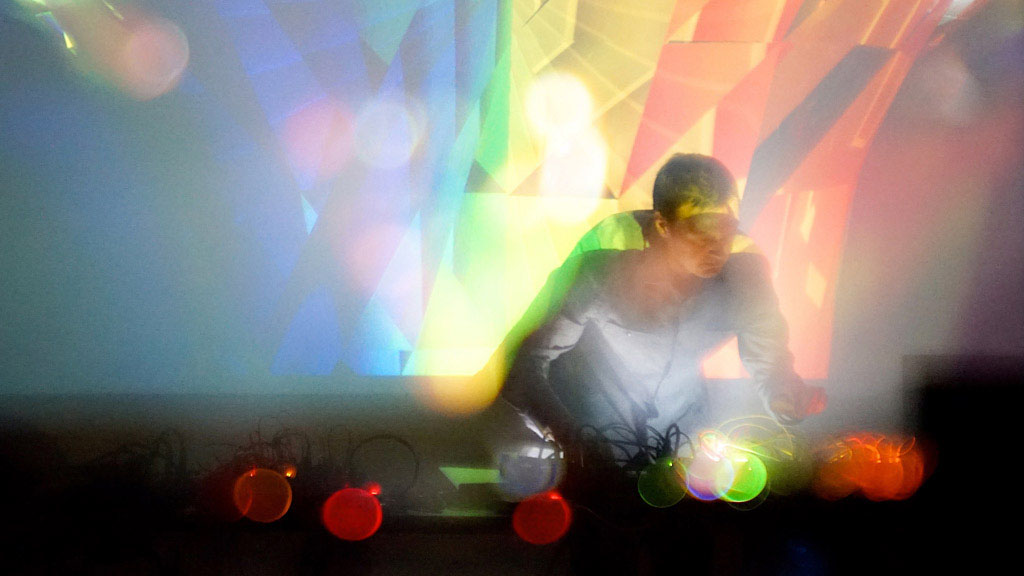
Artist talk and quadraphonic audio-visual performance
Tom Hall will create a live algorithmic audio/visual quadraphonic performance, addressing reflex idealizations drawn from the everyday. Exploring symmetrical phenomena, Hall will manipulate and process sound and video according to algorithmic representations of phase transitions, rotationally symmetric crumpling and breaking symmetry, applying these to each of the four speakers individually, and together as a single mass. Hall aims to use these processes to generate a singular immersive experience where concurrent symmetric and asymmetric phenomena result in a momentary temporal displacement.
1:00pmLunch
There will be limited food options on Sunday, attendees are encouraged to bring lunch.
2:00pmBotanic Potentials – Beatriz Cortez, Karen Lofgren, & Jenny Yurshansky
Panel discussion moderated by Ciara Ennis
For centuries—from Carl Linnaeus’ hierarchical and racialized human taxonomies to Francois Galton’s theories on heredity and genetics that led to the birth of the eugenics movement—scientific research has been used to justify and condone racist and discriminatory practices. Through focusing on the botanical, this panel brings together artists who reference scientific methodologies as a means to reveal the structural biases embedded within, while also gesturing towards alternative uses of these systems.
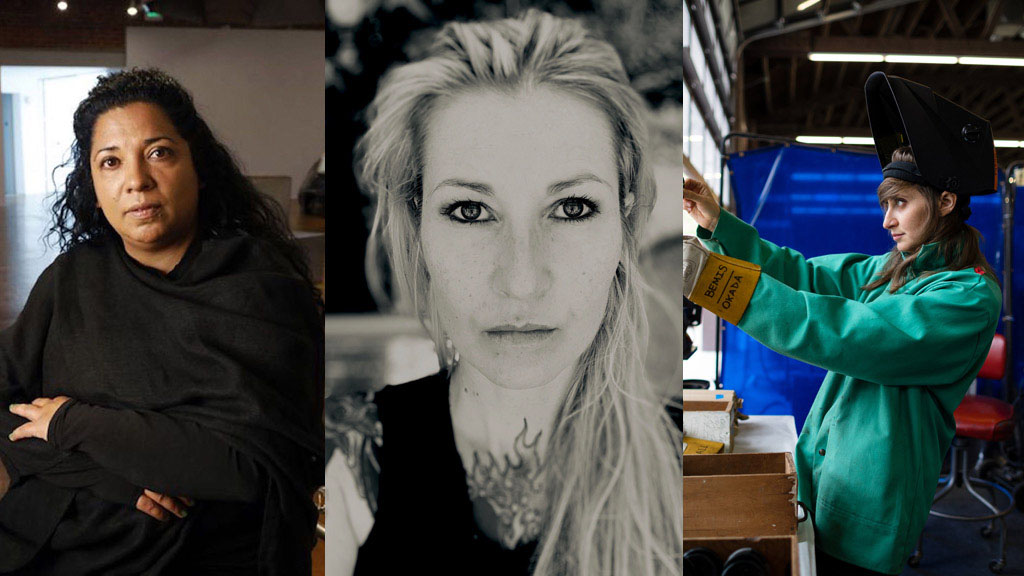
Beatriz Cortez
About a century ago, two young men from Altadena, Wilson and Paul Popenoe, became Agricultural Explorers and went searching for dates and other crops to grow in Southern California. Later on, Wilson Popenoe moved to Guatemala and Honduras and became the director of the Panamerican School of Agriculture linked to the United Fruit Company, while Paul Popenoe became the secretary of the Human Betterment Foundation, a eugenics organization based in Pasadena that was responsible for the sterilization of thousands of people in Southern California. Their work connects the extraction of natural resources from Central America and anti-immigrant racism in the United States. This presentation explores the memory of migration and eugenics that is inscribed in the gardens of Los Angeles and the imaginaries of the future that this memory contains.
Karen Lofgren
Karen Lofgren will talk about ritual medicine practices and ideas from the iron and bronze age through to today, with a focus on plants and human relationships to the natural world, including the categorization of wild systems, related to the contemporary sculptural works that she makes. The work is heavily influenced by her upbringing with an alternative medicine practitioner. We will look at the concept of curses, conditions of our current culture, and possible approaches to a cure. The academic research is a starting point to access other types of knowledge beyond what we think we know, held by the cells of the body. Our species is very young, and our written cultural history terribly short in contrast with our age. The multi-year project includes some years spent in the Amazon as well as time in London, follows a series of works contextualizing human culture in astronomical and geological time.
Jenny Yurshansky
Blacklisted: A Planted Allegory is a long-term project which explores national identities and immigration through the lens of blacklisted alien-invasive plant species found in California. The works engage with the evolving identities of cultures through their botanical reflections. California maintains a statewide “blacklist” based on criteria such as competitiveness with native plants, negative economic impact, aesthetic value, or harmfulness to humans and fauna. However, human settlement is the way most of these species were introduced, their arrivals coincide with eras of colonialism, manifest destiny, waves of multi-ethnic immigration, global shipping, and trade. The blacklist’s use of terms such as “alien” or “native” reveal the cultural biases that inform the scientific discourse around how, why, and by whom plants are considered “invasive”. Under scrutiny is the discourse surrounding notions of alien-invasiveness and the correlations to policies regarding immigration and evolving ideas about national identities that are tied to the border cultures of California, a place continually renamed under a succession of nations.
3:10pmRethinking Robotics – Ian Ingram & Brittany Ransom
Panel discussion moderated by Bill Anthes
Artists Ian Ingram and Brittany Ransom employ emerging technologies to explore what it means to be animal, human, and machine. Ingram’s robots supplement and augment animal communication. Ransom’s constructions investigate the co-evolution of humans, animals, and their environment. This session will discuss the artists’ practices and hybrid bio-technological assemblages, and the significance of art in the Anthropocene, an era of dizzying innovation, but also overwhelming anxiety about the future of life itself.
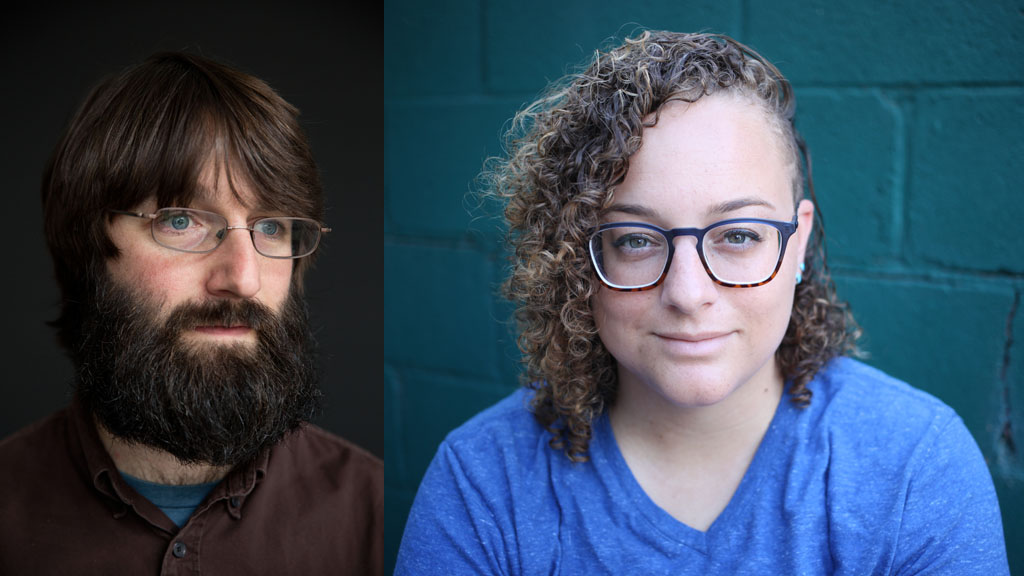
Ian Ingram
Ian Ingram will talk about robots and artificial intelligences, their place in the natural world, the possibilities they afford in the interspecies liaisons we yearn for, and our obligations to the things we create, especially if they can think and feel. The talk will be illustrated through a selection of Ingram's robots that have tried over the years to relate to and communicate with natural systems and entities--particularly to non-human animals--usually wrapped up in our own fictions and fantasies.
Brittany Ransom
Ransom will present work focused on the use of digital fabrication technologies paired with kinetics and electronics to create speculative works about our relationship to animals within our technology driven environments. Work in this presentation will explore the metaphorical relationships between insect-based pests and human societal structures through sculptural and interactive installations.
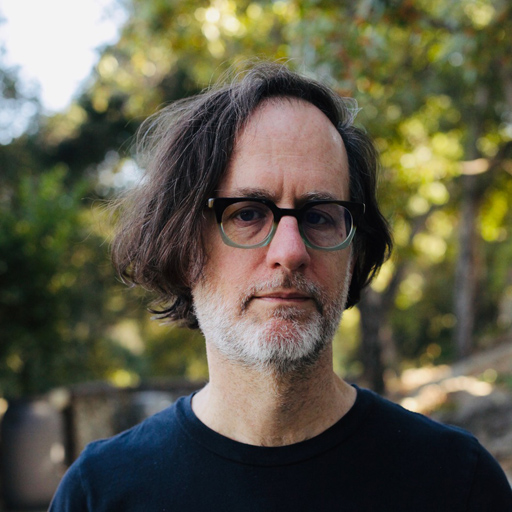
4:10pmReception – The Williamson Gallery
Join us outside the Williamson Gallery for complimentary wine, beer, and conversation.

